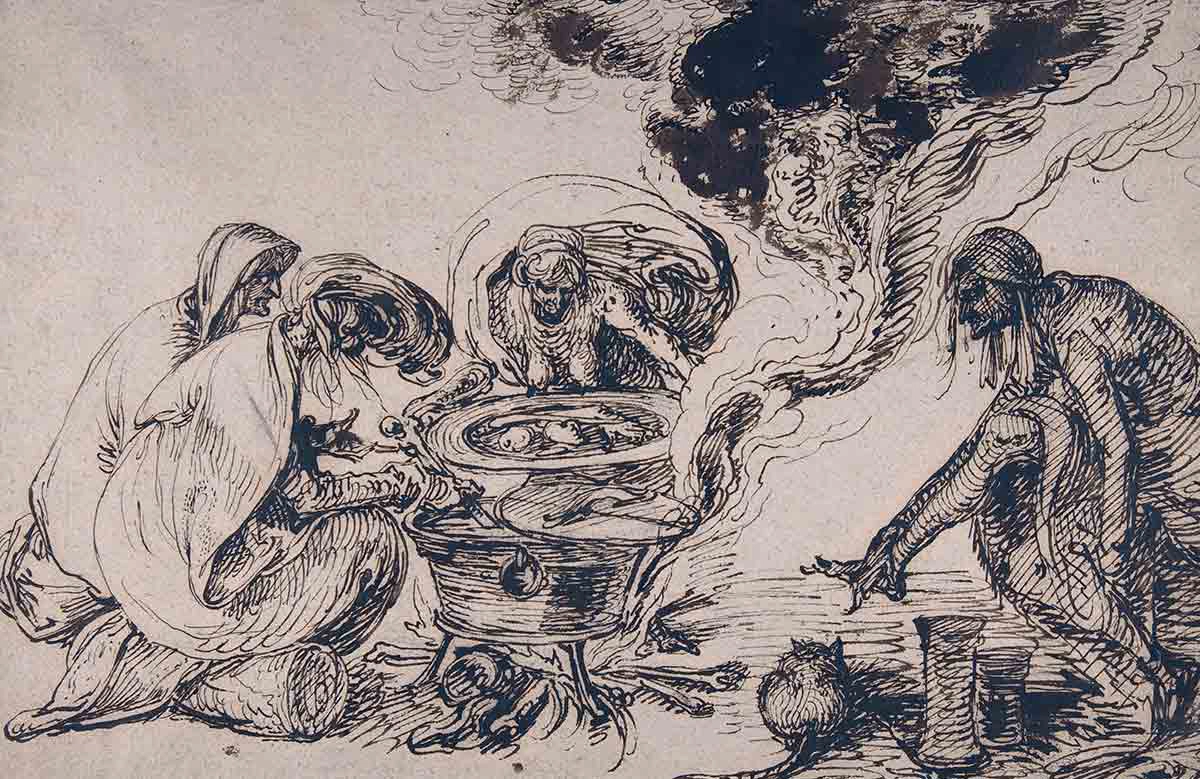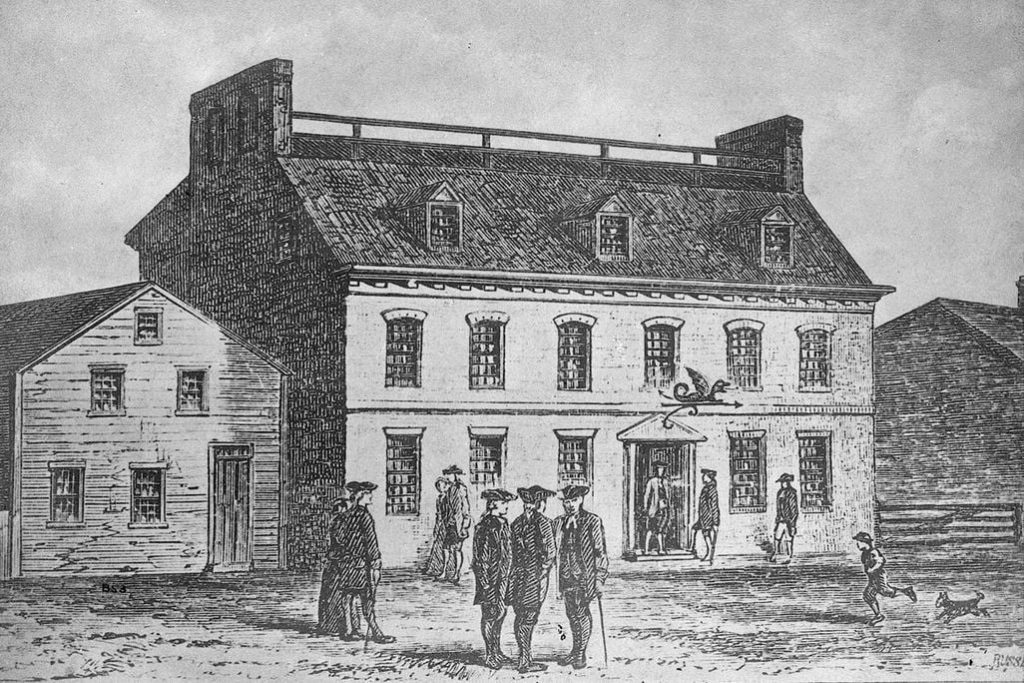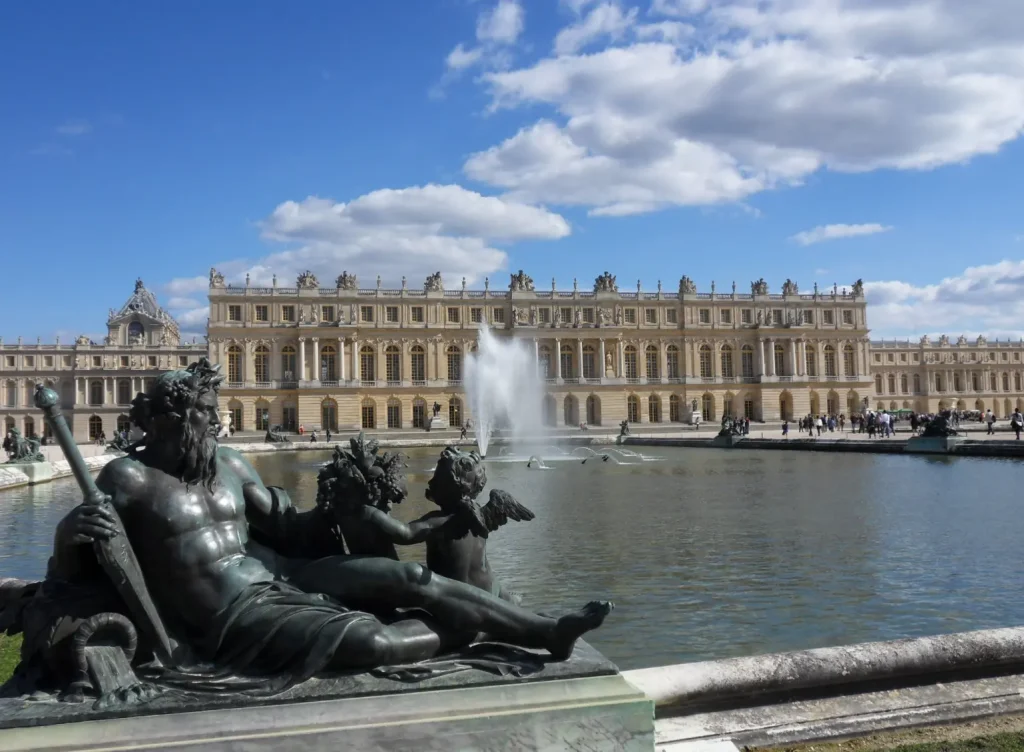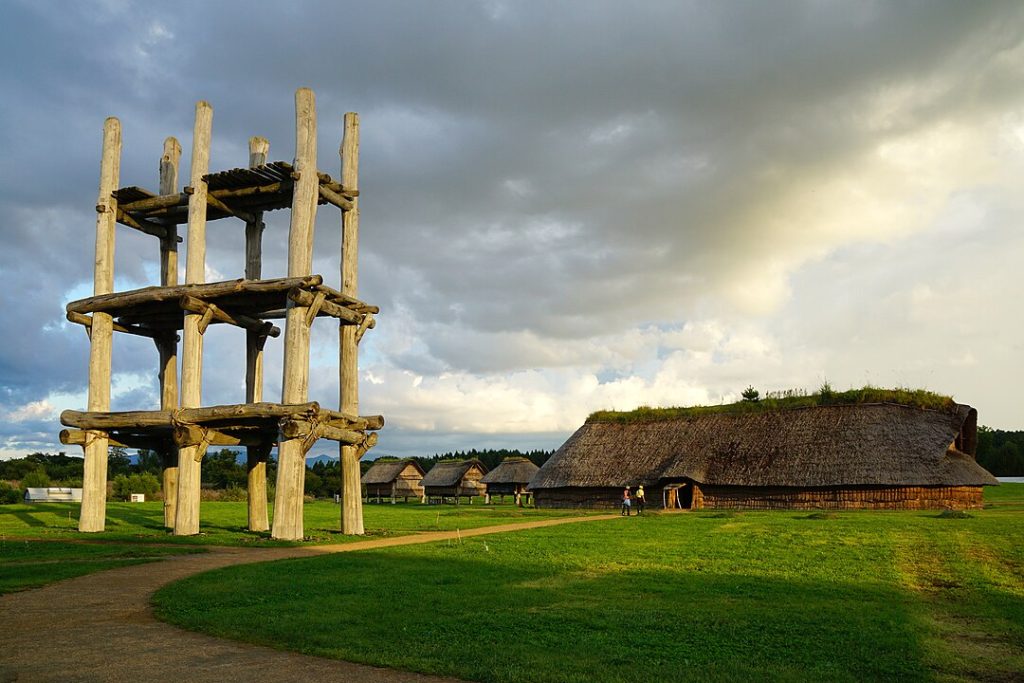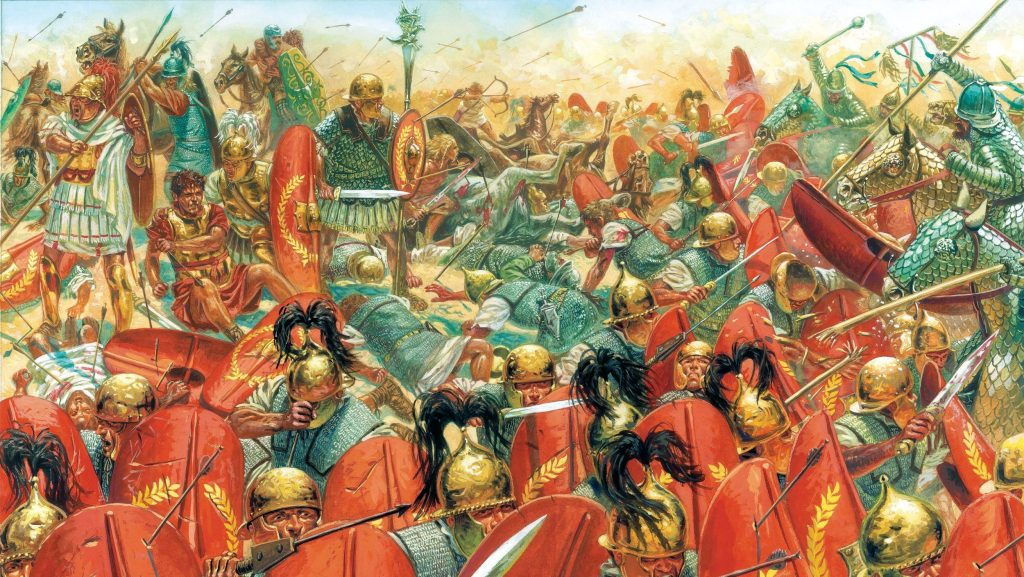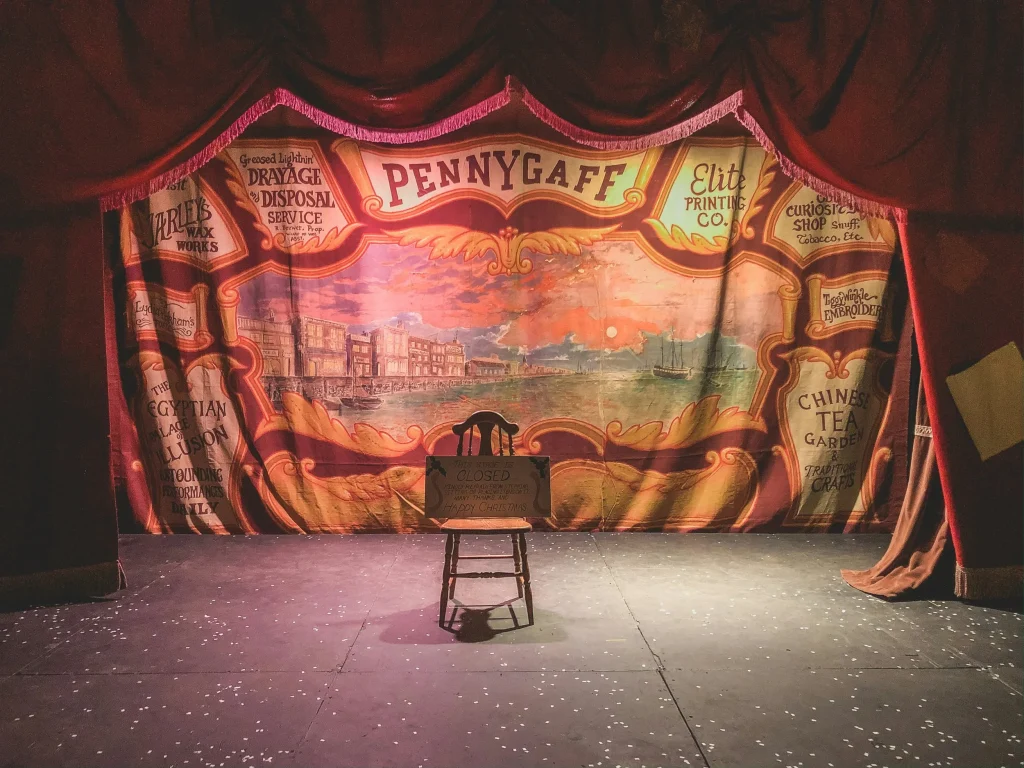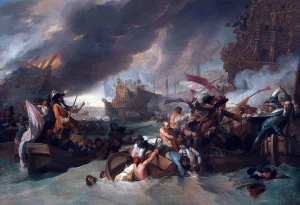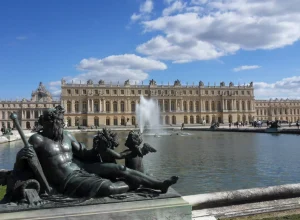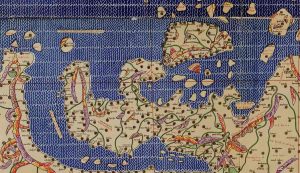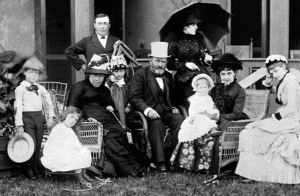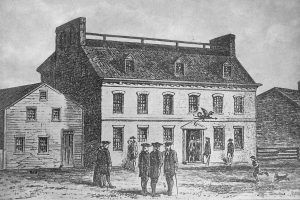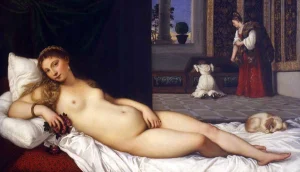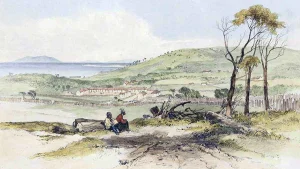During the late medieval and early modern periods, fear of witchcraft spread across Europe. Climate instability, famine, plague, endless wars and religious conflicts made life precarious, and many people responded by blaming invisible forces such as demons and witches. Between roughly 1450 and 1750, tens of thousands of Europeans were prosecuted and executed on charges of sorcery. Modern historians estimate that around 40,000–60,000 people were executed for witchcraft in Europe , while perhaps 45,000 people were killed overall . The scale of persecution varied dramatically between regions. Germany alone accounted for about 26,000 executions and some estimates suggest that Scotland killed five times as many people per capita as any other European territory . In contrast, England executed about 500 people and Wales executed only five .
This article explores why witches in England and Wales differed from those in the rest of Europe. We will consider the legal frameworks, methods of investigation, gender dynamics and punishments that shaped witch trials on both sides of the channel. The aim is not to sensationalise brutality but to understand how local cultures and institutions moulded the witch‑hunt craze.
The European Witch Craze
Scale and Gender
Europe’s witch‑hunt peaked between roughly 1560 and 1630 , but prosecutions continued into the eighteenth century. Unlike the unrealistic 9 million figure sometimes repeated in popular culture, scholarly consensus places the total number of executions between 40,000 and 60,000 . Some historians prefer 45,000 . Women were disproportionately targeted: roughly 75–85 % of those killed were women . The stereotype of the female witch—an older, poor, cantankerous woman who quarrelled with neighbours or practised healing—was codified in treatises like Malleus Maleficarum (1486) and spread via woodcuts, sermons and gossip.
Regional Variations
The Holy Roman Empire (particularly German‑speaking lands) saw the most intense persecutions. Ronald Hutton estimates that Germany executed 26,000 supposed witches . France, Switzerland, Poland and Scandinavia also conducted large‑scale hunts, while Spain and Italy were comparatively restrained due to Roman Inquisition oversight . German towns even built dedicated witch prisons such as the Drudenhaus in Bamberg, where around 900 people were executed between 1626 and 1632 .
The intensity of witch hunts often correlated with periods of crisis. Historians link peaks in trials to the Little Ice Age and economic or social turmoil . Cold weather, crop failures, war and disease created anxiety, and scapegoats were sought. Even the highest authorities endorsed persecution: Pope Innocent VIII’s 1484 bull urged magistrates to root out witches, and many Protestant states later passed their own witchcraft statutes.
Methods of Investigation and Punishment in Europe
On the Continent, torture was commonly used to extract confessions. Interrogators searched for a devil’s mark—a mole, wart or extra nipple believed to feed a familiar spirit—and they pricked suspects with needles to find insensible spots . Water ordeals were popular: the accused were bound and thrown into a river; if they floated they were considered guilty because the holy water rejected them. Confessed witches often claimed to have flown to sabbats, kissed the devil’s backside and renounced baptism . Many confessions were products of torture or coercion.
Execution methods varied. Burning at the stake was common in German territories, France, Switzerland and Scotland . Some victims were strangled or beheaded before burning. In Italy and Spain, the Inquisition sometimes spared convicts the fire, but most European jurisdictions considered witchcraft a religious crime punishable by death.
Witchcraft in England
Legal Framework
England’s experience with witchcraft differed markedly from the continent. Until 1542, there was no English statute specifically targeting witchcraft . Supernatural crimes were usually prosecuted through ecclesiastical courts for heresy or treated as fraud and superstition. Henry VIII’s Witchcraft Act of 1542 made witchcraft a felony punishable by death, but it was repealed under Edward VI. Elizabeth I re‑passed a milder Witchcraft Act in 1563, imposing the death penalty only if harm resulted . King James I, who was fascinated by demonology and even wrote Daemonologie (1597), strengthened the law in 1604 to punish any pact with the devil and moved jurisdiction from Church courts to secular courts . . Later Acts in 1735 removed the death penalty and treated claims of magical powers as fraud .
Scale and Demographics
Because of these legal differences and the relatively centralised court system, the number of English prosecutions remained low. Records show 513 trials in south‑east England between 1560 and 1700; only 112 executions occurred . Across the country, scholars estimate about 500 executions . This figure is tiny compared with the tens of thousands killed on the continent. While women still constituted the majority of the accused, men were also prosecuted—especially cunning men or healers. The relative moderation of English courts, scepticism among magistrates and the absence of organised torture contributed to the lower death toll.
Causes of the English Witch Panic
England did not experience a major witch panic until the English Civil Wars (1642–1651). Prior to this, prosecutions were sporadic: the Pendle Witch Trials of 1612 in Lancashire resulted in the execution of ten of twelve defendants, but such mass cases were rare. The civil wars brought famine, disease and social disruption, causing suspicion to flourish. Puritan zeal, political instability and community grievances combined to produce a sudden flurry of accusations.
The Witchfinder General
The most notorious English witch hunter was Matthew Hopkins, an East Anglian Puritan who styled himself “Witchfinder General.” Between 1644 and 1647 he and his associate John Stearne investigated communities across Suffolk, Essex, Norfolk, Cambridgeshire and Huntingdonshire. They claimed official commission but operated independently, charging towns to cleanse them of witches. Hopkins and Stearne were responsible for the conviction and execution of at least 114 people, more than had been hanged in the previous 160 years combined .
Hopkins’ methods emphasised confession without formal torture. English law required royal permission for torture, which Hopkins lacked . Nevertheless, his techniques were coercive:
- Searching for a witch’s mark. Suspects were shaved and examined for a blemish where a familiar might suckle . Hopkins employed witch‑prickers who used retractable needles; if a spot failed to bleed, it was considered proof of guilt. Like European inquisitors, he equated natural skin marks with a pact with the devil.
- Swimming. The accused were bound and lowered into water. If they floated they were deemed guilty (because holy water rejected them), though they often suffered hypothermia. Hopkins usually insisted the accused “voluntarily” submitted to this ordeal .
- Watching. The suspect was forced to sit upright without food or sleep while observers looked for a familiar spirit. Sleep deprivation often induced hallucinations. Hopkins’ first victim reportedly confessed after four days without rest.
Because confessions were considered compelling evidence, many accused named neighbours, creating chains of accusations. Once indicted, suspects were tried before ordinary juries, where local prejudices could decide their fate.
Punishment
Unlike continental Europe and Scotland, England treated witchcraft as a secular felony rather than a religious crime. Executions were carried out according to ordinary custom: commoners were hanged, which could result in a quick neck‑break or slow strangulation, while gentry could be beheaded . Burning was rare and reserved for petty treason, such as a woman killing her husband. Because there was no official sanction for burning witches, most convicts died on the gallows. This contrasts sharply with the fires that consumed European and Scottish witches.
Decline of Witch Trials in England
The English witch craze waned after 1660. Increasing scepticism among judges, the scientific revolution and the eventual restoration of political stability undermined belief in witches. The Witchcraft Act of 1735 effectively ended the persecution by criminalising the accusation itself rather than alleged magical practice . Under this law it was an offence to claim to have magical powers or to call someone a witch, punishable by fines or imprisonment. The last person executed under earlier Acts was Ruth Osborne (hanged by a mob in 1751), while the last person convicted under the 1735 Act was Helen Duncan, a spiritualist medium who was imprisoned in 1944 for fraudulent seances.
Witchcraft in Wales
Why So Few Trials?
Wales stands out for its exceptionally low number of prosecutions. Historians have identified only 37 witchcraft prosecutions in Wales during the early modern period . Of these, eight people were found guilty and only five were executed . This contrasts with around 500 executions in England and the tens of thousands in continental Europe .
Several factors explain this restraint:
- Legal traditions. After the Acts of Union (1536–1543) integrated Wales into England, Welsh communities still adhered to older Welsh customary law, which emphasised compensation and reconciliation over punitive justice . Welsh courts deferred witchcraft cases to the Courts of Great Sessions rather than church courts, ensuring secular juries and less severe sentences.
- Cultural beliefs. While belief in magic and spirits was widespread, Welsh culture distinguished between maleficent magic and charms or healing. Many alleged witches were healers or charmers; communities were reluctant to see them executed. Cases often ended with fines or acquittals rather than death .
- Geography and demography. Most Welsh prosecutions occurred in the northern counties near the Anglo‑Welsh border, where English influence was stronger . The sparse population and absence of large urban centres may have reduced the intensity of moral panics.
Notable Welsh Cases
The first recorded Welsh execution for witchcraft was Gwen ferch Ellis of Denbighshire, hanged in 1594 . She was a healer who used charms; a reversed charm found in her possession was taken as proof of maleficium. In 1622 a family of siblings—Lowri, Agnes and Rhydderch ap Evan—were executed in Caernarfon after being blamed for the death of a gentrywoman and her daughter . Another notable case occurred in 1655 when Margaret ferch Richard, a widow from Anglesey, was hanged. Her conviction under the 1604 Act illustrates how English law still reached into Wales .
Aftermath and Decline
Like England, Wales adopted the Witchcraft Act of 1735, which ended capital punishment for witchcraft and turned accusations into offences . Because the Welsh witch craze never reached continental levels, the transition was relatively smooth. Today, efforts are underway to acknowledge and commemorate the few victims of Welsh witch trials.
Scotland: A Brief Comparison
Although the focus here is England and Wales, Scotland provides an illuminating contrast. Scotland’s Witchcraft Act of 1563 remained law for nearly 175 years. Between 3,000 and 5,000 people are estimated to have been accused of witchcraft; 84 % were women . Accused witches were often tortured—particularly through sleep deprivation—and executed by burning . Evidence suggests Scotland executed five times more people per capita than anywhere else in Europe . The last Scottish execution, in 1727, occurred 42 years after the last English execution and underscores how distinct legal systems influenced outcomes.
Differences Between British and Continental Witchcraft
The comparison of English, Welsh and continental witch‑hunts reveals several key differences:
- Legal Status and Courts. In much of continental Europe, witchcraft was a religious crime prosecuted by ecclesiastical courts. This allowed the widespread use of torture and burning at the stake. In England and Wales, witchcraft was codified as a secular felony. Trials took place in regular criminal courts, limiting the use of torture (which required royal consent) and favouring less gruesome punishments. In Wales, customary law emphasised compensation over punishment .
- Scale of Persecution. German territories alone executed tens of thousands of witches . England executed about 500 people , while Wales executed five . Scotland, although part of Britain, executed several thousand . The difference reflects legal systems and social conditions rather than a lower belief in magic.
- Use of Torture. Continental courts widely employed torture to extract confessions and names. English law restricted torture to cases authorised by the monarch; only 81 torture warrants were ever issued for all offences . Hopkins used coercive sleep deprivation but lacked official sanction for physical torture, so his methods were less brutal than the rack or strappado common on the continent.
- Methods of Execution. Burning was the standard punishment in Germany, France, Switzerland and Scotland. England hanged its witches and rarely burned them. Wales hanged or acquitted its accused. This difference arises from the classification of witchcraft: heresy on the continent and treason in England.
- Beliefs About Witches. European demonologists emphasised diabolical pacts, nocturnal sabbats and cannibalistic rites . English popular belief focused more on maleficium—harm through magic—than on elaborate devil worship. Welsh folklore blurred the line between beneficial and harmful magic, leading to few deaths. In all regions, witches were often blamed for misfortunes, but the content of accusations reflected local cultures.
- Gender Dynamics. Across Europe, women comprised roughly three‑quarters of those executed . In Scotland, 84 % of the accused were women . The stereotype of the female witch resonated strongly in patriarchal societies, making outspoken or marginal women vulnerable. Yet men were also prosecuted, particularly healers, cunning folk and those associated with accused women. In England, men sometimes constituted as many as 20 % of the accused.
Why Did Witch Hunts End?
By the late seventeenth century, scepticism about witchcraft was growing. Scholars and judges began to question the reliability of spectral evidence and confessions obtained by torture. Philosophers like John Locke emphasised rationalism, while the Royal Society promoted empirical inquiry. High‑profile cases, such as the acquittal of Jane Wenham in 1712, undermined belief in witches. In England and Wales, the Witchcraft Act of 1735 replaced execution with fines and imprisonment . On the continent, the Enlightenment, the decline of religious wars and improved legal safeguards gradually curtailed prosecutions. By 1782, Europe saw its last known execution for witchcraft. Today, most European countries recognise historical witch trials as miscarriages of justice.
Conclusion
The witch‑hunts of early modern Europe were not monolithic. Germany burned thousands, Scotland tormented and executed thousands more, while England hanged several hundred and Wales only five. These differences were rooted in law, religion, culture and politics. Where ecclesiastical courts held sway, torture and burning were common; where secular courts dominated, trials were comparatively restrained. Climate crises, wars and religious turmoil heightened fears, but local traditions shaped the outcomes.
Understanding the distinctions between English, Welsh and European witch trials sheds light on the broader history of superstition and scapegoating. It reminds us that even in times of fear, legal protections and rational inquiry can mitigate hysteria. As modern society confronts new uncertainties, recognising how past communities blamed vulnerable individuals for misfortune offers a cautionary tale about the dangers of collective panic and the importance of justice.

